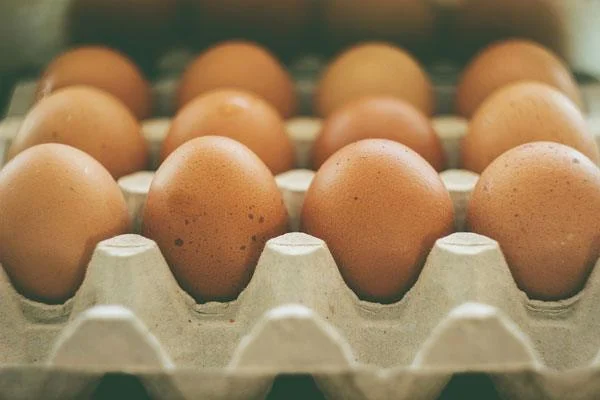The USDA forecasts a notable 2% growth in global chicken exports for 2025, breaking a two-year period of stagnant export levels. Expected to reach a historic 13.8 million tonnes, this increase will largely be driven by Brazil, which has strengthened its foothold in the global market, often at the expense of the United States and European Union. A range of factors—lower production costs, diverse product offerings, a strong export focus, and freedom from major poultry diseases—puts Brazil in a strong position to lead export expansion.
Disease management remains a critical factor. Brazil’s commercial poultry sector has managed to stay free from highly pathogenic avian influenza (HPAI), a disease that has recently impacted the U.S. and EU markets. In Brazil, only wild birds and backyard animals have been affected by HPAI, so commercial poultry operations remain unaffected by trade restrictions. Thailand, another country on track for export growth, has also maintained its HPAI-free status in commercial flocks since 2009. In contrast, while recent U.S. and EU HPAI outbreaks have minimally affected production, they have led to export limitations in key markets, impacting growth potential.
Brazil’s competitive edge also lies in its cost structure. As a leading producer of corn and soybean meal, essential poultry feed ingredients, Brazil benefits from lower feed costs than other major exporters, including the United States. Additionally, Brazil’s labor costs are lower, which allows for competitive pricing, especially in labor-intensive products like deboned meat, a popular choice in many markets. In comparison, U.S. production costs remain high, with a significant portion of exports limited to frozen leg quarters, often bone-in, which meet fewer demands in international markets focused on variety and specific preparation standards.
Brazil’s adaptability in offering a diverse product range, including items such as whole birds, deboned and prepared meats, has enabled it to access new markets with specific needs. This level of product diversity has allowed Brazil to expand even as domestic demand increases for different poultry cuts. On the other hand, the U.S. poultry industry’s reliance on breast meat for the domestic market limits its flexibility in global exports, and various international markets have specific requirements, including religious slaughter practices, that create further challenges for U.S. suppliers.
The USDA projects a 2% increase in Brazilian chicken exports in 2025, translating to an additional 100,000 tonnes. Meanwhile, the U.S. is expected to see only a 1% rise, or 40,000 tonnes, as it navigates market constraints. Brazil’s strong positioning will support growth in countries such as Mexico, Saudi Arabia, Singapore, the UAE, and the United Kingdom. Since most of these nations are not major markets for U.S. poultry, Brazil is poised to increase its market share and strengthen its lead as a global supplier.
















